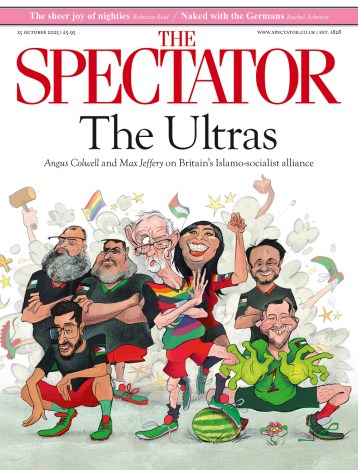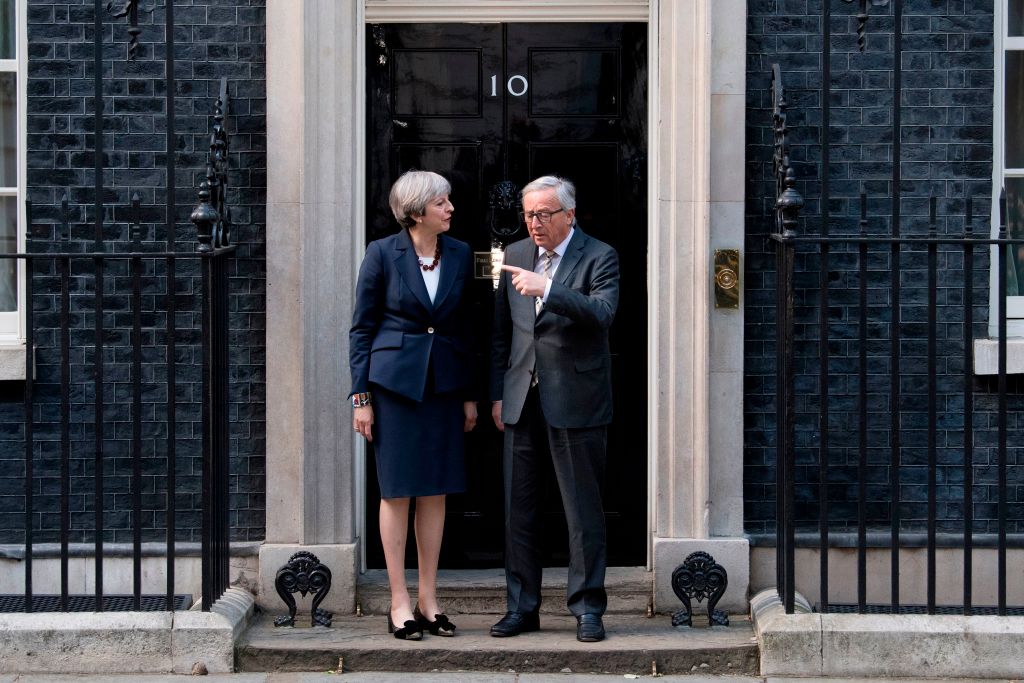The EU only functions as a collection of 28 nations – minus one on 29 March – because of its streamlined, centralised processes. And that efficient bureaucratic process was magnificently on display in two years of negotiation between the Article 50 taskforce of the European Commission, led by Michel Barnier, and the UK government. It culminated in the legally binding Withdrawal Agreement that was signed off at the end of last year by all EU government heads, including Theresa May. One of the three pillars of the 599-page Withdrawal Agreement is the Northern Ireland protocol, better known as the backstop, which is designed to keep open the border in the island of Ireland in perpetuity because the permeability of that border is almost universally seen as a prophylactic against the return of terrorism.
That backstop was not unilaterally drafted by the EU. It stemmed from long and complicated negotiations between Barnier’s deputy Sabine Weyand and May’s chief negotiator Olly Robbins month after painful month, during which the EU moved its position in response to pressure from May very considerably. So for Barnier and Weyand it was something of a blow (euphemism alert) to learn yesterday that Robbins and May didn’t actually have the authority they claimed, and that the backstop pillar of the Withdrawal Agreement has been demolished – which was the effect of British MPs voting that the backstop would have to be replaced with “alternative arrangements”.
If the UK is to leave the EU with a deal, that pillar has to be rebuilt. But there are a number of formidable problems to doing so. First is political on the EU side. The EU’s 27 leaders would have to decide to change the negotiating mandate of Barnier and Weyand, to permit them to reopen a Withdrawal Agreement that has already been ratified by them. That in itself is a challenge.
Second, those EU leaders would have to agree to take the practical risk either that the border in Northern Ireland might become less permeable in some circumstances or that maintaining permeability could see limited goods and food that did not meet EU standards crossing the Irish border. EU leaders won’t enthusiastically take either of those risks, because one would be seen as betraying the loyal EU member the Republic of Ireland and the other would be seen as betraying the integrity of the EU’s single market.
Third, is the UK political risk that even if the EU leaders were to make compromises, the UK parliament might still fail to ratify a Brexit deal – but parliament hasn’t told them what kind of reworked backstop would actually win MPs’ backing.
What is required to find a way through the impasse is nimbleness and flexibility. But the EU has only survived as long as it has by being a rules-based organisation that methodically and painstakingly adopts a negotiating position and then sticks to it. Its whole viability rests on it not being nimble and flexible. This is not to say that there cannot be an entente that ultimately sees the UK leaving the EU with a negotiated deal. But it is to raise doubts (another euphemism alert) that a new viable backstop can be agreed by May’s deadline of 13 February.
So for all the justified jubilation in Downing Street that the Prime Minister has actually won a big Brexit vote, what is impossible to judge is whether yesterday’s historic verdict on the backstop by MPs was the moment that May’s Brexit was rescued, or set the UK on an unstoppable path to the no-deal Brexit feared by so many.
Robert Peston is ITV’s Political Editor. This article originally appeared on his Facebook page







Comments